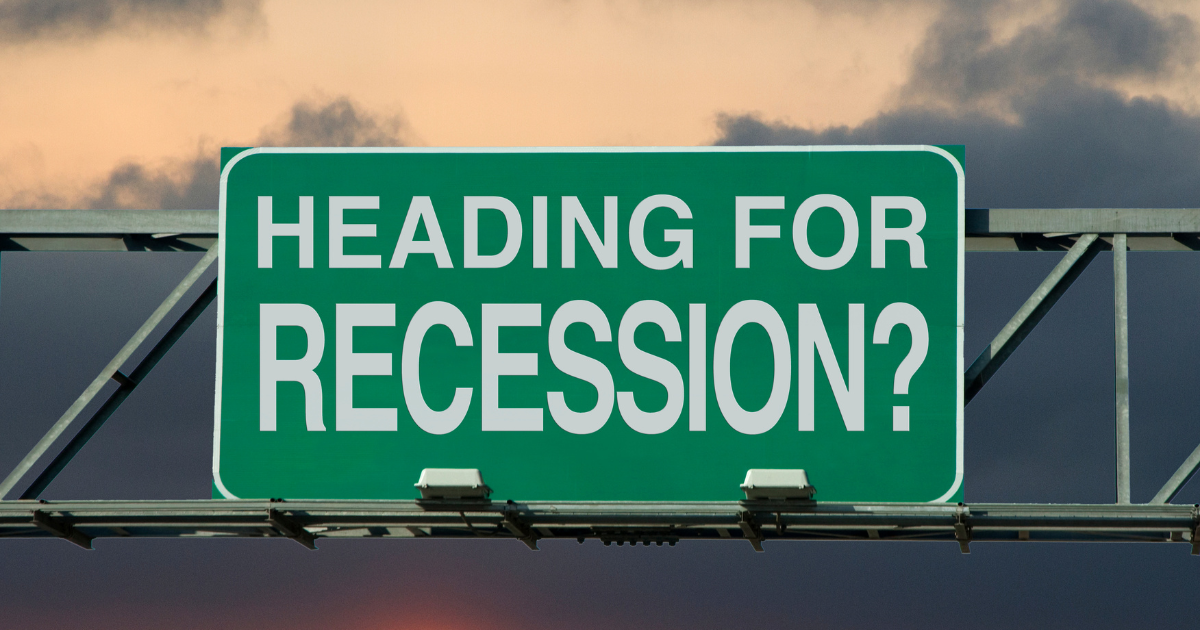
©MCCAIG via Canva.com
Possible Recession To Come After Unemployment Triggers Sahm Rule
November 13, 2023
The economic landscape is rife with speculation about the triggering of the “Sahm Rule,” a measure formulated by former Federal Reserve economist Claudia Sahm. She proposed that a 0.5% increase in unemployment from the cycle’s lowest point in the last 12 months typically signals a recession.
The chatter has been fueled by the rise in the unemployment rate from 3.4% in April to 3.9% in October. However, Sahm herself advises caution, stating that her rule is based on a three-month moving average, and we may not have tripped the trigger yet.
Other predictors of economic downturns include Michael Kantrowitz’s “10% rule” and Michael Darda’s rule for continuing jobless claims. Kantrowitz’s rule states that a 10% rise in unemployment has always preceded a recession. As of October, we’re at 7.7%. Meanwhile, Darda highlights that a 10% annual increase in jobless claims often flags a forthcoming recession — we’re currently witnessing a daunting 30% surge.
Further caution comes from California, the largest U.S. state by GDP, showing signs of a likely recession with an unemployment rate that rose from 3.8% a year ago to 4.7% in September.
However, as Sahm said, her rule uses a three-month rolling average, not a single month’s percentage. Currently, despite the rise, we haven’t yet hit the half-point increase. Also, the recent rise in the unemployment rate is more reflective of increased workforce participation than actual job losses, as there are more people working now than in April, so this could potentially mitigate recession concerns.
Strong personal spending continues, contributing to a healthy GDP growth rate, which doesn’t align with the Sahm Rule’s prediction of a cycle of layoffs and reduced spending. However, with the Federal Reserve’s aggressive interest rate hikes and a record $1.08 trillion in credit card debt, caution is advised, as these factors could impact the economic landscape. Sahm stated, “I’m a macroeconomist, so I’m pessimistic by my wiring. We want to hope for the best but prepare for the worst.”
Recent News
European Commission Readies All Trade Tools Against China
European Commission President Ursula von der Leyen emphasized the EU’s readiness to utilize all available trade tools to safeguard its economies amidst concerns over China’s market practices.
Steward Health Care Files for Bankruptcy Protection
Steward Health Care’s plunge into bankruptcy protection has stirred considerable attention and concern.
Tyson Foods Faces Challenges Amidst Rising Inflation
Tyson Foods Inc. recently saw a significant drop in its shares due to ongoing inflation impacting consumer demand.
Special Offers for National Nurses Week
Nurses play a vital role in healthcare, and their dedication often goes unnoticed. National Nurses Week, spanning from May 6 to 12, aims to acknowledge their hard work.

